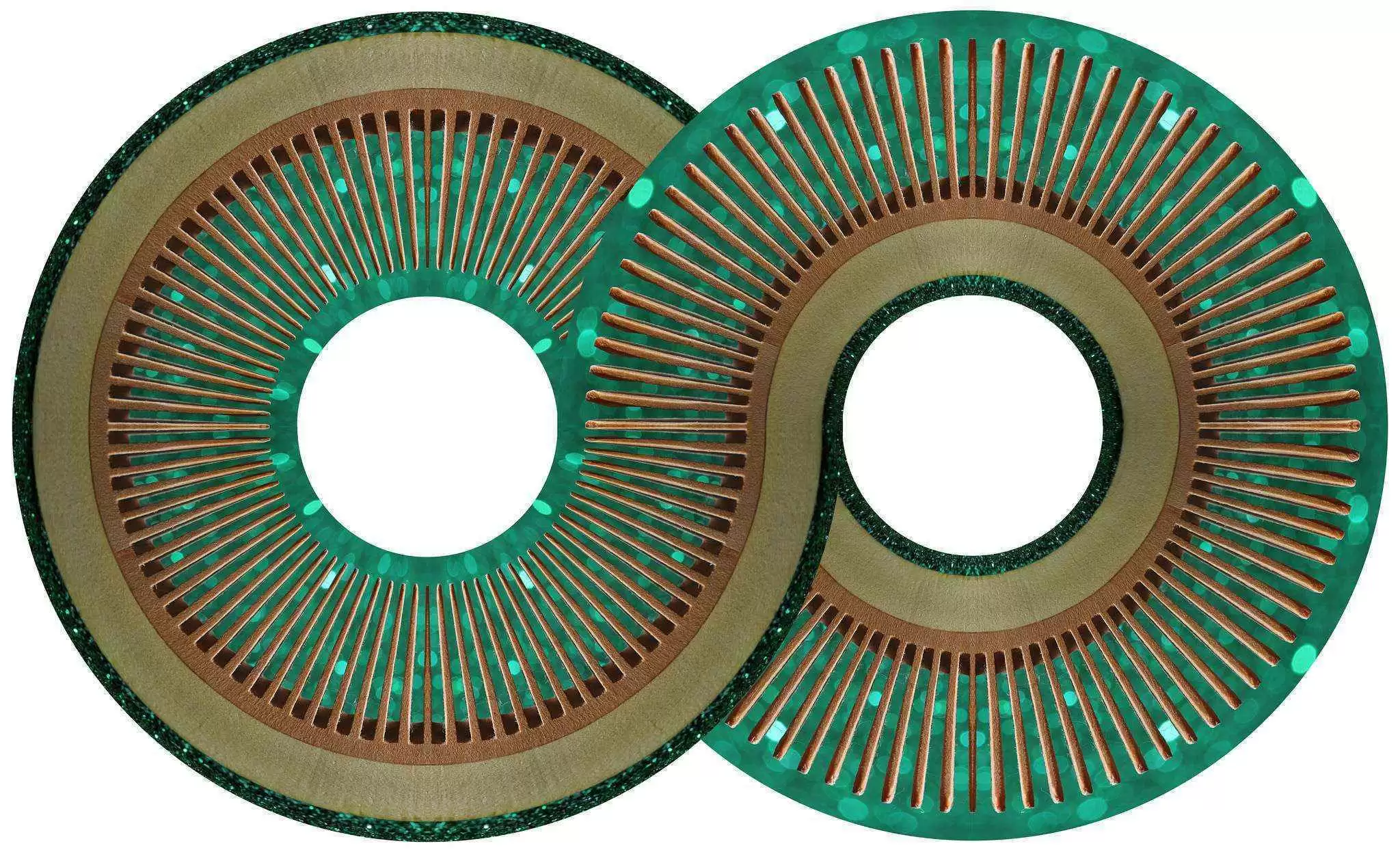
Celiac.com 01/11/2017 - Researchers know that canonical Wnt/β-catenin signaling controls the homeostasis of intestinal epithelium by regulating the balance between intestinal stem cell regeneration and differentiation, but they really don't know much at all about the non-genetic mechanics of the process.
One research team recently set out to test a hypothesis that the epigenetic regulator, Polycomb Repressive Complex-2 (PRC2), plays a role in Wnt-mediated epithelial homeostasis on the crypt-villus axis, and that defects in the process are implicated both in celiac disease and intestinal cancers.
Celiac.com Sponsor (A12):
The research team included Mikko Oittinen, Alina Popp, Kalle Kurppa, Katri Lindfors, Markku Mäki, Minna U. Kaikkonen, and Keijo Viiri. They are variously associated with the Tampere Centre for Child Health Research, University of Tampere, Department of Pediatrics and Tampere University Hospital, Tampere, Finland, with the Department of Biotechnology and Molecular Medicine, A.I. Virtanen Institute for Molecular Sciences, University of Eastern Finland, Kuopio, Finland, and with the University of Medicine and Pharmacy “Carol Davila” at the Department of Pediatrics and Institute for Mother and Child Care in Bucharest, Romania.
Their study showed that PRC2 establishes repressive crypt and villus specific trimethylation of histone H3 lysine 27 (H3K27me3) signature on genes responsible for nutrient transport and cell killing in crypts and, proliferation and differentiation in mature villi, suggesting that PRC2 facilitates the Wnt-governed intestinal homeostasis.
When celiac patients regularly consume gluten, PRC2 goes out-of-bounds active, and its target genes in the intestinal epithelium are negatively impacted. Colorectal adenomas, and carcinomas, also differentially express a significant set of effective intestinal PRC2 targets. This indicates that PRC2 initiates and maintains polar crypt and villus specific H3K27me3 signatures.
Because H3K27me3 is a mark enriched in developmentally important genes, identified intestinal PRC2 targets are possibe imperative drivers for enterocyte differentiation and intestinal stem cell maintenance downstream to Wnt-signaling. This research also clarifies the mechanics driving crypt hyperplasia in celiac disease, and suggests that PRC2-dependent fostering of epithelial stemness is a common aspect of intestinal diseases marked by epithelial hyperplasia or neoplasia.
Lastly, the team's research shows that in the gut, PRC2 represses genes having both pro-stemness and pro-differentiation functions, a fact that should be weighed when designing non-genetic therapies including PRC2 as a drug target.
Source:


.webp.ee06f70b8bb61164e6717d0917984a60.webp)


Recommended Comments
There are no comments to display.
Create an account or sign in to comment
You need to be a member in order to leave a comment
Create an account
Sign up for a new account in our community. It's easy!
Register a new accountSign in
Already have an account? Sign in here.
Sign In Now